Palestinian Arabic
With Playaling, learning is easy, straightforward and fun. Master Palestinian dialect with real world videos!
Are you ready to immerse yourself in the captivating world of Palestinian Arabic? Playaling is your ultimate companion for mastering the Palestinian dialect, offering real-world videos and interactive content that make learning engaging and practical. Step into the vibrant culture of Palestine through its language and start your journey to fluency today.
Historic Palestine (which includes Israel)
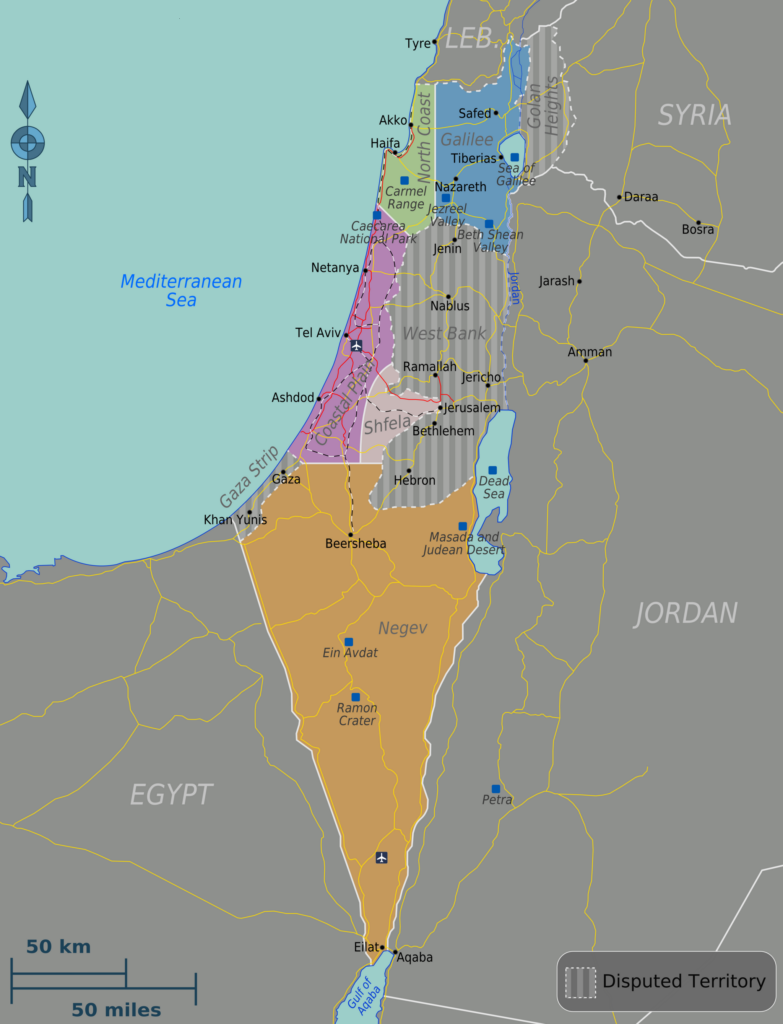
Palestinian is part of the Levantine Arabic dialect family, spoken by most people in Palestine, with the exception of the Bedouin communities in the Negev Desert and Beersheba, who speak a Bedouin dialect closely related to those of the broader Levant and Sinai regions. Palestinian Arabic is also spoken by Arab citizens of Israel. Palestinian Arabic shares many similarities with Jordanian, Syrian, and Lebanese dialects. This dialect is known for its rich diversity in vocabulary, structure, and meanings, with each region exhibiting its own minor variations influenced by geography—ranging from coastal areas to plains, mountains, and deserts.
Before the arrival of Arabic in the 7th century, the people of Palestine spoke languages such as Aramaic, Syriac, and Greek. During the Umayyad period (661–750), Arabic gradually spread and, over time, became the primary language. This led to the development of the various Palestinian dialects we know today, which differ across cities, villages, and geographical regions. Despite these variations, the Bedouin of the Negev and Beersheba have preserved their distinct Bedouin dialect.
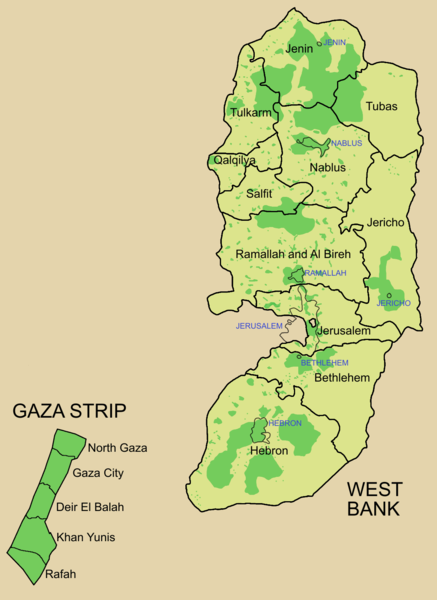
In general, the Palestinian dialect shares many similarities with other Levantine and Arabic dialects in terms of vocabulary and expressions. However, it is most closely related to the Jordanian dialect, and distinguishing between the two can be challenging, even for native Jordanian and Palestinian speakers. The main reason is that most of Jordan’s population is of Palestinian descent. This goes back to the refugee crises of 1948 and 1967, when due to fighting with and expulsions by Israel, many Palestinians crossed the border into Jordan and settled there, where they still live today.
One feature that sets the Palestinian and Jordanian dialects apart from other Levantine dialects is the use of فش for “there isn’t” and مش instead of ما as in Syrian Arabic for negation. Additionally, verbs are sometimes negated by adding ما before the verb and/or a ش at the end, for example: ما شربتش (I didn’t drink), ما قدرتش (I couldn’t) in the past tense, and verbs in the present tense are also negated similarly, like بعرفش (I don’t know) and بقدرش (I can’t). However, Jordanians and Palestinians may also leave out ش and just use ما or leave out ش (so it can be ما بعرف or بعرفش or ما بعرفش )
Another distinct feature, particularly in rural Palestinian dialects, is the pronunciation of the letter ق as ك or as a hard ج and the transformation of ذ into ظ or ض . Compare the pronunciation of the following words:
English | Standard Arabic | Jerusalem, Nabuls, Hebron | Northern and central West Bank villages, Triangle region | Rural areas of Hebron and Jaffa | Gaza |
Pen | قلم | قلم | قلم | قلم | قلم |
This | هذا | هادا | هادا | هاذا | هاضا |
Dog | كلب | كلب | كلب | كلب | كلب |
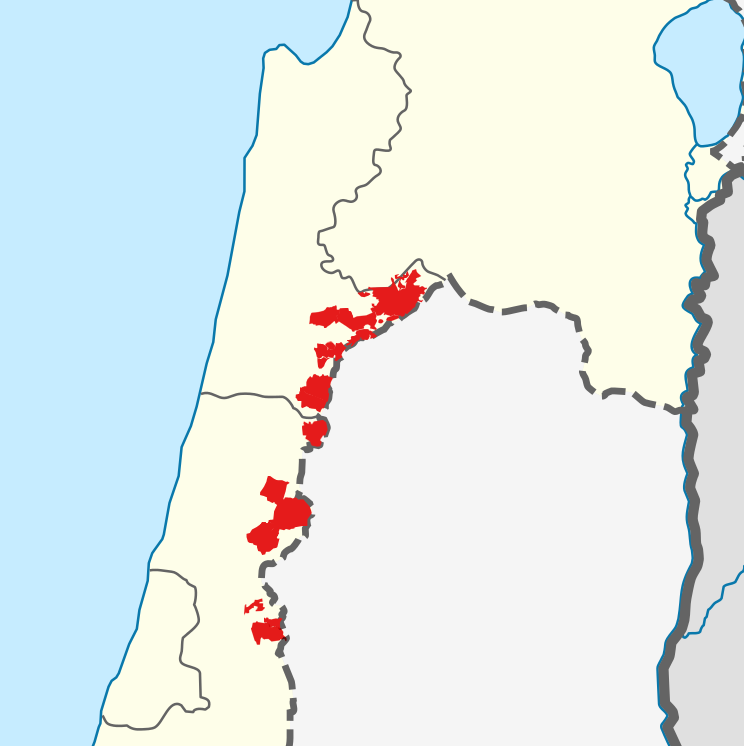
The map highlights المثلث (The Triangle), a cluster of Arab towns in historical Palestine along the 1949 Green Line. After 1948, it became part of Israel, and its residents became Israeli citizens but retained their Palestinian identity. Today, it is a cultural and demographic hub for Arab citizens of Israel and a focal point in Israeli-Palestinian discussions.
Additionally, although the vast majority of words used in Palestinian and Jordanian Arabic overlap with other Levantine dialects, a few words are unique to Palestinian and Jordanian and can be used to identify them, such as:
English | Palestinian/Jordanian | Usage |
Now | هسّا | common in rural areas and the Triangle region of Palestine. |
Now | هلقيت هلئيت | هلقيت is common in Gaza, and هلئيت in Hebron. |
Going home | مروّح | Common in Palestinian and Jordanian Arabic. |
To fire, shoot | طخ | Common in Palestinian and Jordanian Arabic. |
Shoes | كندرة | Common in Palestinian and Jordanian Arabic. |
Few | أكمّن | A common expression in Palestine and Jordan to describe a small number of things or people. |
What | إيش | Common in Palestinian and Jordanian Arabic. |
Mocking | تستهبل | Common in Palestinian and Jordanian Arabic. |
Money | فلوس | Common in Palestinian and Jordanian Arabic. |
Additionally, other words that uniquely identify Palestinian Arabic come from modern Hebrew. These words help give the Palestinian dialect a distinct flavor, making it more recognizable.
How to learn Palestinian Arabic online
1. Mastering the Arabic Alphabet
Gaining the ability to read in Arabic is a crucial step that will greatly aid you in learning the Palestinian dialect and other Arabic dialects. Learning how to pronounce and write Arabic letters serves as an excellent foundation.
2. Immerse yourself in real-world Palestinian conversations
Access Playaling’s vast library of real-world videos featuring Palestinian speakers. Each video comes with interactive captions, allowing you to follow along with the dialogue, learn new words, and hear authentic pronunciation.
3. Master the pronunciation
Use Playaling’s cross-dialectical Audio Dictionary to learn how to pronounce words and phrases in Palestinian Arabic. You’ll get familiar with the unique phonetic twists of the dialect and improve your speaking skills in no time.
4. Enhance your listening skills
With activities like the Cloze Listen, you can practice by filling in the missing words in real conversations. This not only improves your vocabulary but also sharpens your ear for everyday speech.
5. Engage with Palestinian media and traditions
To truly connect with Palestinian Arabic, it’s essential to dive into the culture. Watch Palestinian films, series, and listen to local songs as part of your learning experience. Playaling makes this easy by curating content that reflects daily life in Palestine, from humorous sitcoms to historical dramas.
Diversity of Palestinian subdialects
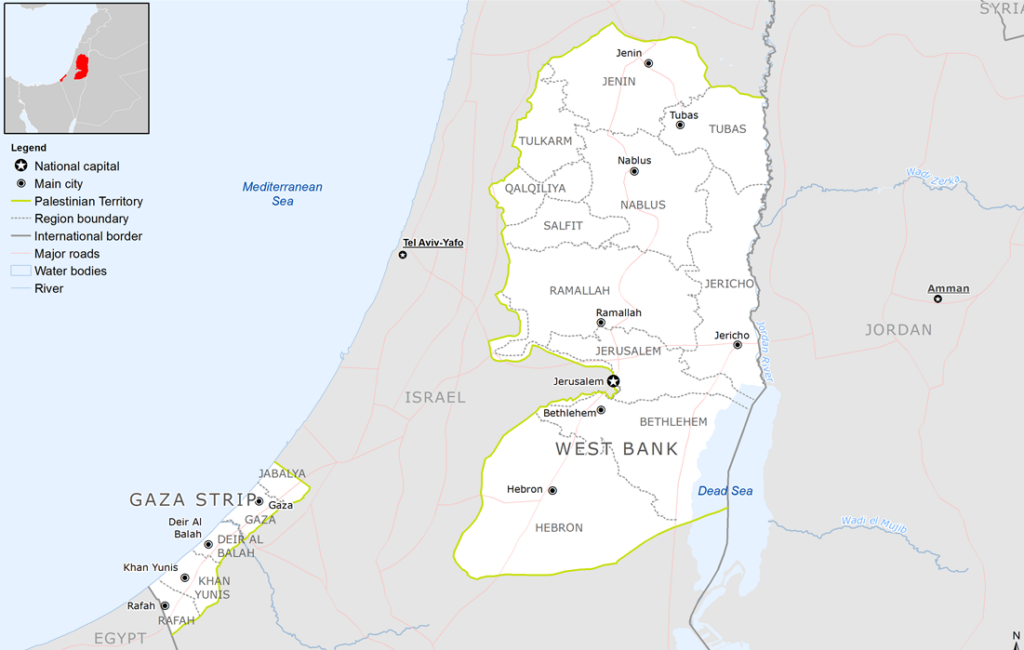
Palestinian Arabic showcases small regional variations, but these follow similar patterns across the Levant. For example:
- Jerusalem subdialect (Qudsi) is known for its soft pronunciation and the use of a glottal stop for ق , making it widely understood and often used in media, similar to the urban dialects of Lebanon, Syria, and Jordan.
- In Nablus, the subdialect is similar but retains more traditional pronunciations, especially in rural areas, similar to other rural Levantine dialects. It resembles Syrian and Lebanese Arabic, earning Nablus the nickname “Little Damascus.” Nablusi speakers stretch some words, like in Syrian.
The video below features a man speaking in the Nablus dialect, where the letter ق
is pronounced as a glottal stop
Notice how the speaker uses ش
alone, without ما
, for negation.
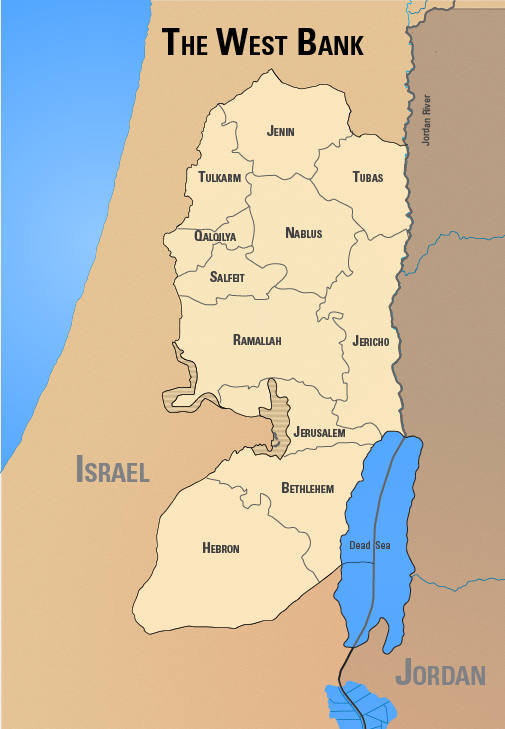
- The Gaza subdialect features the pronunciation of ق as a small phonetic shift shared with Bedouin communities in the Middle East, but overall, it remains closely related to the broader Levantine dialect family. Gaza incorporates some words from Egyptian Arabic, which is not surprising given that the Gaza Strip and Egypt share a border (moreover, between 1948 and 1967, Gaza was under Egyptian control). For example, Gazan dialect uses إديني for “give me” instead of اعطيني and كده instead of هيك for “like this.”
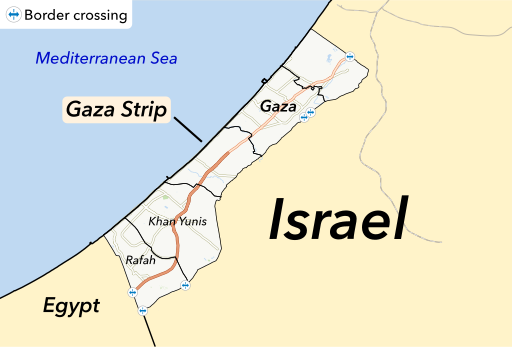
- The Hebron subdialect is spoken in Hebron but not in its surrounding villages. In Hebron, about 50% of words begin with a broken vowel sound, unlike the rest of the West Bank. For example, in most of the West Bank, people say تُم (mouth) while in Hebron, they say تِم
- Northern and central West Bank villages, and the Triangle region subdialect is considered rural or “fellahi,” characterized by pronouncing ق as ك especially in Jenin and Tulkarm.
Features of Palestinian Arabic
Learning Palestinian Arabic means understanding its small linguistic nuances. Here are some key characteristics that show similarities with other Levantine dialects:
Consonant shifts:
- The pronouncing of ذ often changes to ز , so إذا becomes . This shift is common across the Levant.
- In some rural areas like rural areas of Hebron and Jaffa, ذ becomes ظ , so هذا becomes
- In urban areas like Jerusalem, ذ may become د , so هذا becomes
- In certain regions, like Gaza and some villages, ذ may become ض , making هذا pronounced
Qaf (ق) Transformations:
- In northern and central West Bank villages, the Triangle region, ق is transformed into ك , such as in قلب becoming
- In rural areas of Hebron and Jaffa, and in Gaza, ق changes to the Egyptian ج , so قلب becomes . This transformation is also found in parts of Jordan and Syria.
The video below shows how the letter ق is pronounced in Ramallah, located in the West Bank.
- In Jerusalem and other northern cities, ق often becomes أ , so قلب becomes , a shift seen in other Levantine cities and in Egyptian.
Word endings:
- In cities like Jerusalem and northern areas, speakers often add a vowel sound at the end of words, for example, طاولة (table) instead of , similar to Jordanian, Syrian, and Lebanese dialects.
- In Gaza and Beersheba, however, طاولة is pronounced similar to some Syrian subdialects.
Other phonetic changes:
- The همزة (hamza) often shifts to a ي or و , such as in أذّن (he performed the call to prayer) becoming وذّن , and صائم (fasting) becoming صايم , a common feature of colloquial Arabic more generally.
- In rural areas, people may say بوكل instead of باكل for “I eat,” maintaining this form in daily speech.
- Words like سخن (hot) are pronounced سُخن in some areas and سخن in others.
- The word for bread, خبز, varies too, becoming خبز or خبز depending on the region, a pattern also observed in neighboring Levantine dialects.
Regional time expressions
Time expressions also vary:
- هلأ is used in cities like Jerusalem, and Nablus. Similar to urban areas across the Levant. while in Hebron city you might hear هلئيت or هلأ or هئيت .
- هسع or هسا is more common in rural areas and the Triangle region of Palestine. reflecting rural Levantine influences.
The video below showcases the dialect commonly spoken by villagers and some areas in the Triangle region, where the letter ق is pronounced as ك and هسّا is used to mean “now.”
- إسا is used in northern Palestine.
- In Gaza, you’ll hear هلقيت or هلئيت to express “now.”
Learn Palestinian Arabic with Playaling
Playaling provides a comprehensive language-learning experience:
- Real-world videos with native speakers to immerse you in authentic Palestinian conversations.
- Interactive captioning that allows you to follow along and learn new words.
- Cultural insights that take you beyond language into Palestinian traditions, history, and daily life.
Start your journey today and master the Palestinian dialect through a real-world-inspired experience. Sign up for a free trial, and let Playaling be your guide to unlocking the richness of Palestinian Arabic!
Table of Contents
Links
Links
